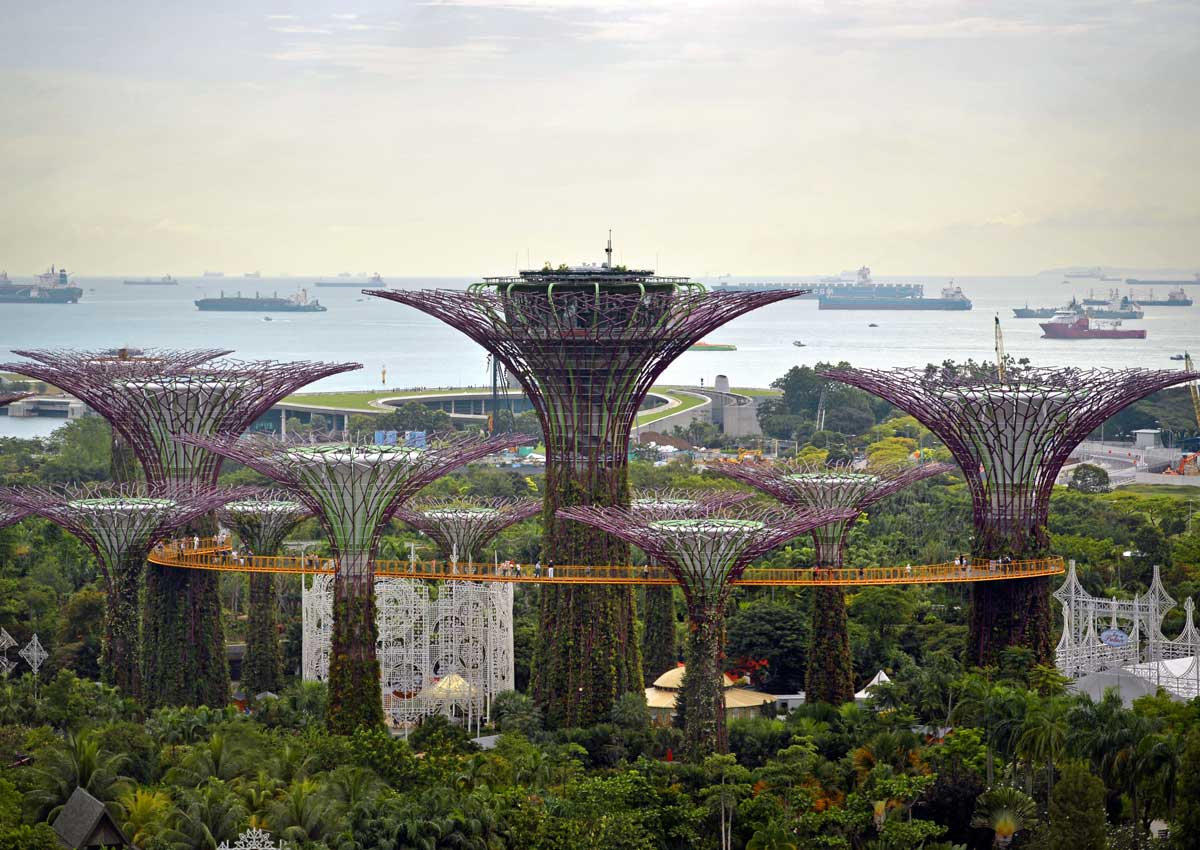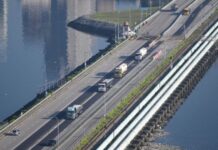Lee Kuan Yew, the founding father of modern Singapore, may have been well known for his paternalistic and sometimes uncompromising leadership style, but he had a lesser known role: chief gardener.
That’s because Lee, who was prime minister from 1959-1990, was the architect behind the city-state’s plan to become a garden city.
He introduced that idea in 1967 when he was prime minister. Its elements included roadside greenery, featured most prominently along the East Coast Parkway (ECP) highway, which connects the city-state’s international airport to the city centre, with colorful bursts of tropical flowering shrubs and imperiously-tall trees.
The Garden City vision included the creation of national and community parks and initiatives for tree-planting.
The effort began after Singapore separated from the Federation of Malaysia in 1965, leaving the small city-state, which lacks natural resources, searching for direction.
At “The Enduring Ideas of Lee Kuan Yew” panel discussion held last week to mark the one-year anniversary of Lee’s death, Chan Heng Chee, chairman of Lee Kuan Yew Center for Innovative Cities at the Singapore University of Technology and Design, cited that as a defining moment for the Garden City vision.
She pointed to a passage from Lee’s memoir “From Third World to First: 1965-2000:” “After independence, I searched for some dramatic way to distinguish ourselves from the other Third World countries. I settled for a clean and green Singapore.”
Chan, Singapore’s ambassador to the US from 1996 to 2012, noted that the country’s prime minister from 1990-2004, Goh Chok Tong, once joked that Singapore’s cabinet must be the only one in the world that read the meeting minutes of a Garden City Action Committee.
“But that’s how seriously the Singapore Cabinet took the concept of the garden city,” she added.
The island nation underwent rapid urbanization and industrialization from the 1960s to the 1980s, as the government built much-needed infrastructure including public housing, concrete bridges and highways.
But Lee was determined not to turn the island into a dreary concrete jungle, and so ‘greening’ went hand-in-hand with Singapore’s urbanization progress.
“Lee himself picked out the creeper that would grow and cover the overhead flyovers and bridges and I remember we called it the ‘Lee Kuan Yew creeper,'” Chan said.
The effort was also aimed at addressing inequality.
“An elected government cannot have certain sections of the city clean and green…and leave the rest to fester,” said Lee in a parliament address in 1968.
He was insistent that if Singapore’s society was not uniformly clean and luscious with green, it would only be the wealthy which could enjoy gracious surroundings.
That helped to spawn a network of over 300 parks and four nature reserves, spread over an island that’s smaller than metropolitan New York.
It’s a vision that’s made a mark around the region.
The Foreign Secretary of India Subrahmayam Jaishankar, another speaker at the panel discussion, pointed to India’s current environmental campaigns, including Swachh Bharat (Clean India) and the Ganga Rejuventation project to clean up the country’s storied riverfront and deal with pollution there.
“Reflect on where the ideas came from, and what model [India] is looking at,” said Jaishanakar, also a former India High Commissioner to Singapore.
“In a sense, Lee created a brand of nationalism, but the difference was that the progress was reflected through achievements and projects rather than appealing to emotion,” he said.

































